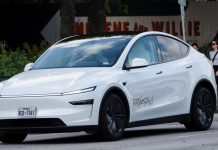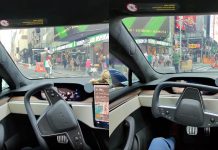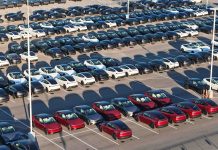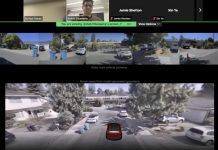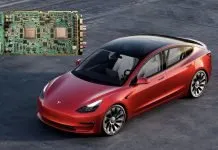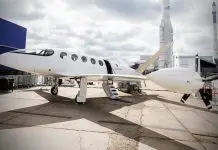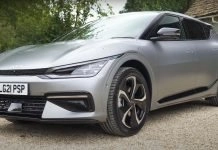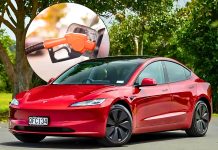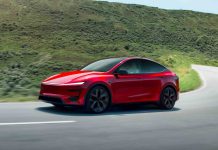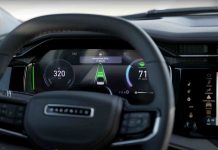Tesla is speeding up its move toward autonomous ride-hailing, with the company making its Robotaxi service available in five additional large U.S. cities: Las Vegas (Nevada), Phoenix (Arizona), Dallas (Texas), Houston (Texas), and Miami (Florida). The pilot project is a significant step towards Tesla developing a nationwide driverless transport network it constructs using its Full Self-Driving (FSD) technology.
This launch is after the initial rollout of the Robotaxi program was launched in Austin, Texas, earlier this year. The pilot program in Tesla Austin used vehicles that were production Model Y models with its newest FSD software and had a trained safety driver to monitor activities. With this growth, Tesla puts on record that it is prepared to expand its service beyond its home country, and closer to the goal of Musk about having a full autonomous ride-hailing fleet.

A Move Toward Full Autonomy
Tesla has also announced expansion, and the CEO, Elon Musk, does indeed confirm one of the most ambitious Tesla aims ever: Tesla could have the safety driver out of service in Austin by the end of 2025.
The Tesla robotaxis in their present configuration have an employee trained by the company, who can take over in case of an emergency. Musk now reports that the performance of the system has increased so that it may not be required to have human intervention as long as there is a controlled environment. Musk said that we are very careful about deployment, but we think that by the end of this year, the safety driver will not be needed on most routes in Austin.
In case of success, this would be a watershed moment for the Tesla company, shifting the Level 2-3 assisted driving to Level 4 autonomy, where the car will be able to manage all driving functions in specific zones without human intervention.
🔥 Tesla officially announced that its Robotaxi service will soon launch in 5 new US cities:
✅ Las Vegas, Nevada
✅ Phoenix, Arizona
✅ Dallas, Texas
✅ Houston, Texas
✅ Miami, FloridaElon Musk confirmed that the safety driver will be removed by the end of the year in Austin. pic.twitter.com/us0ro8SMAx
— The Tesla Newswire (@TeslaNewswire) November 6, 2025
Strategic Choice of Cities
The five new cities that were announced are a well-considered selection of climates and urban designs. Las Vegas and Phoenix have broad roads, consistent weather patterns, and solid local governmental backing of the autonomous vehicle trials. Dallas and Houston offer the sprawling urban structure and high commuter traffic, which serve as the perfect testing grounds for Tesla’s efficacy and path-finding solutions. During this time, Miami also brings an urban metropolis that has a heavy flow of tourism-based ride requests.
The strategy of Tesla focuses on scale. The company has indicated repeatedly that when its system proves to be reliably performing at one location, then it can expand very quickly with the help of over-the-air software updates and its current fleet of vehicles. The model has the potential to roll out quicker than other competitors, such as Waymo or Zoox, who utilize lidar-based systems and their own customized cars.
Challenges and Competition
The growth of Tesla is in the context of rising competition on the autonomous mobility front. Waymo already has driverless ride-hailing in multiple cities in the United States, and Amazon-funded Zoox is still testing its purpose-built robotaxis. In contrast to such competitors, Tesla uses camera-based vision and neural networks, as opposed to lidar sensors, a fact that has garnered both applause and criticism.
Regulatory barriers are still a major problem. Every state and locality has an autonomous vehicle operation framework, which means that Tesla will require approvals from the localities before being fully operational in every city. Moreover, eliminating the safety driver will come under close attention of transportation authorities and the general population, considering the controversies of the self-driving claims by Tesla in the past.

